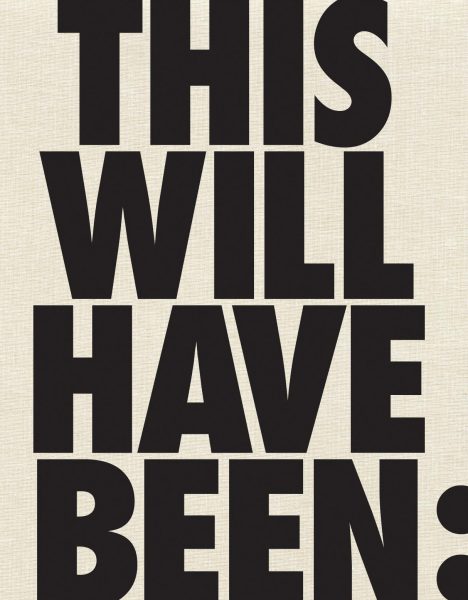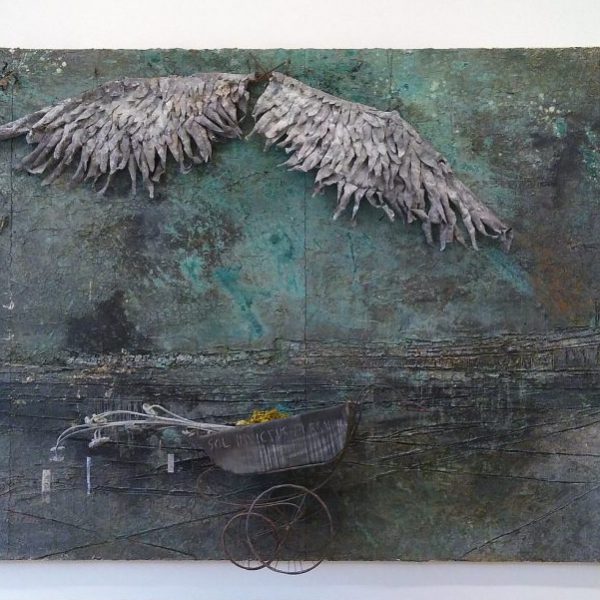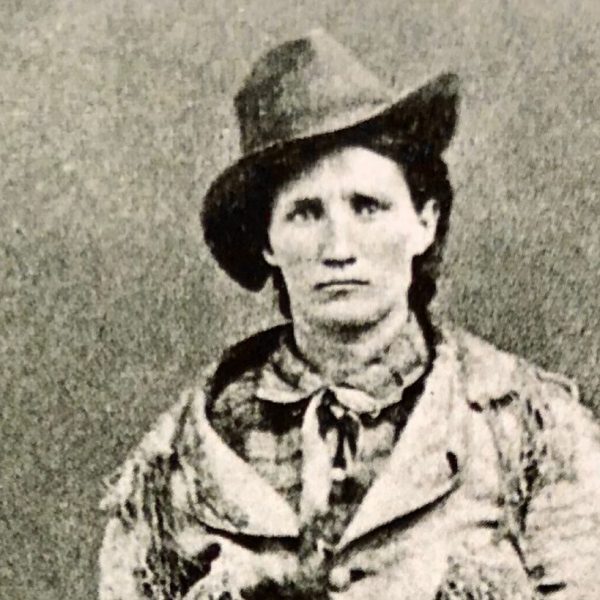Lest We Forget: The 1980s As They Would Have Seemed
Sarah Underwood—
Growing up in the 1990s, I had conflicting, and generally superficial, views of the 1980s. Either I was proud to be “from” the previous decade – I was born in 1989 – like cooler, older teenagers (my babysitters), or I was glad that I had essentially escaped life in the 1980s by having been born a few months before they ended. The latter position developed mainly after seeing an inexcusable excess of shoulder pads in soap opera re-runs.
Like many children, I was only dimly aware of historical events that occurred in the decades right before I was born. Vaguely, I knew about the hippies and counter-culturalism of the 1960s and 1970s, but the idea of the 1980s as a time of revolution never occurred to me. Until I read This Will Have Been: Art, Love, and Politics in the 1980s, I am not sure I ever realized the intensity—or the severity—of the social movements of that decade.
 According to author Helen Molesworth, I’m not the only one who seems to have missed out on the cultural developments of thirty years ago. She notes that in 2007, “the art world’s ‘year of feminism’” completely missed feminist art from the 1980s. During that decade, the art world was, as usual, at odds with its political environment, and its major developing themes were going unnoticed, sometimes accidentally, sometimes not. Queer and feminist theories were developing at the same time that the Reagan administration was promising to “return American politics and values to a time before the tumultuous upheavals of the 1960s and 1970s.” Redefining gender and identity was not part of that agenda; although, to be fair, those issues certainly did not comprise the entire agenda of the art world, either. Molesworth acknowledges that the breadth of the art of the 1980s cannot be fully catalogued, and while a variety of artists and topics are discussed in This Will Have Been, the major focus is on two of the decade’s important “events”—feminism and the AIDS crisis.
According to author Helen Molesworth, I’m not the only one who seems to have missed out on the cultural developments of thirty years ago. She notes that in 2007, “the art world’s ‘year of feminism’” completely missed feminist art from the 1980s. During that decade, the art world was, as usual, at odds with its political environment, and its major developing themes were going unnoticed, sometimes accidentally, sometimes not. Queer and feminist theories were developing at the same time that the Reagan administration was promising to “return American politics and values to a time before the tumultuous upheavals of the 1960s and 1970s.” Redefining gender and identity was not part of that agenda; although, to be fair, those issues certainly did not comprise the entire agenda of the art world, either. Molesworth acknowledges that the breadth of the art of the 1980s cannot be fully catalogued, and while a variety of artists and topics are discussed in This Will Have Been, the major focus is on two of the decade’s important “events”—feminism and the AIDS crisis.
A recent Washington Post article discussed the differences between the gay community’s experiences during the AIDS crisis and today. Interestingly, while most people agree that the epidemic was most terrifying in its early days, some of the interviewees indicate that there is now more of a stigma associated with the disease and less of a “loving community,” at least in D.C. Studying the art of a few decades ago reminds us that finding a way to accept the reality of HIV/AIDS continues to be difficult. In 1985, when Reagan’s spokesperson claimed that AIDS was not part of the administration’s discourse because “It hasn’t spread to the general population yet,” he managed to encapsulate a grim truth. While, as Molesworth points out, “the very idea of a ‘general’ public is untenable,” LGBT people were, and often still are, pushed so far to the fringes of society that their wellness was not considered a public issue.
Some art representing struggles in the gay community of the 1980s in This Will Have Been is explicitly gay, erotic, or both. For instance, Robert Mapplethorpe’s photographs of nude black men immediately force us to deal with our own impressions of sex, gender, and race. Homeroticism and blackness were controversial enough on their own; together, they instigated an obscenity trial in 1990. Other works, however, need more context. David Wojnarowicz’s Untitled (Buffalo) shows a bizarre twist on a scene from the American West. There are canyons, mountains, and a wide sky, but buffalo are leaping headfirst off a cliff, the viewer assumes to their deaths. Using such recognizably American icons—the rugged landscape and buffalo—suggests an environment historically dominated by straight masculinity. Wojnarowicz appropriates them, simultaneously representing the many young men who died from AIDS and the attempt to protect a doomed friend or lover. The fact that both he and Mapplethorpe died of AIDS intensifies the urgency of their images. It is the desperation conveyed by artists like them that made the AIDS protests so emotionally severe, the marginalization by political authorities so devastating, and the modern viewer’s desire to understand just what exactly went on in the 1980s so important.
Sarah Underwood is a graduate of the College of William and Mary and a former Yale University Press intern. Her column, Lest We Forget, appears on the Yale Press Log.




